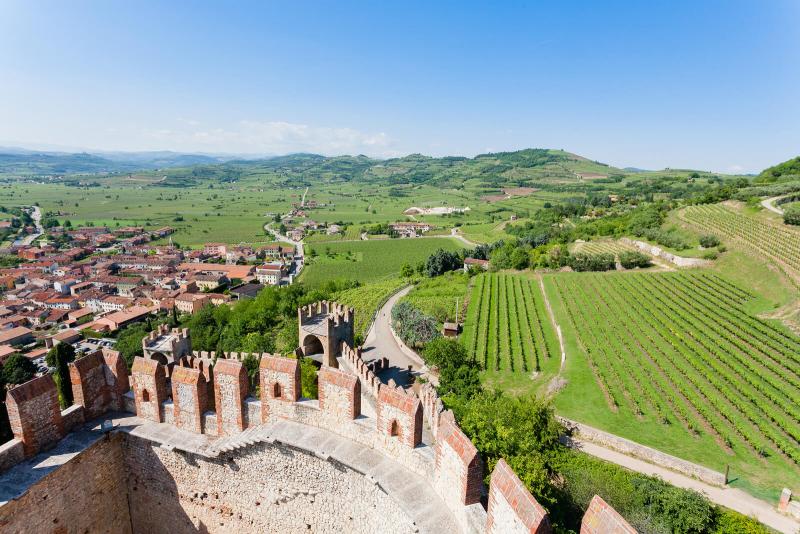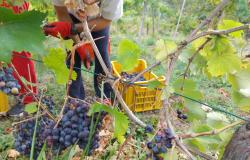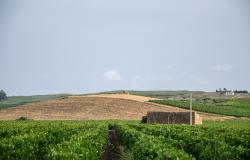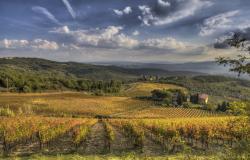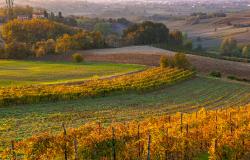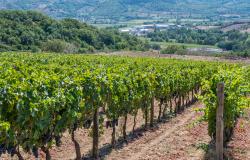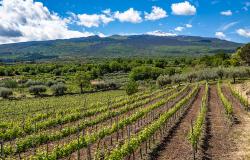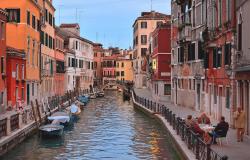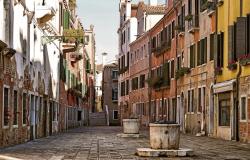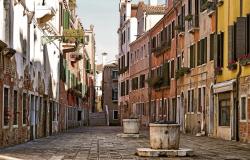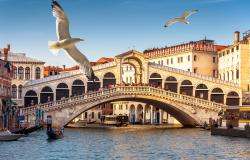The Soave wine country of the Veneto region in northern Italy was awarded a special recognition by the Food & Agriculture Organization of the United Nations (FAO) last week. The scientific committee of FAO designated Soave’s traditional vineyards, which produce a dry white wine, as part of humanity's agricultural heritage; technically, it has become part of the network of Globally Important Agricultural Heritage Systems (GIAHS).
“Soave traditional vineyards are an agro-economic system that have provided income to more than 3,000 families for 200 years,” FAO said. “This system has kept traditional ways to train the vines and succeeded in distributing an income and security to the various stakeholders involved in the production chain, such as grapes producers, wine producers and bottlers, even during the most difficult periods. Even though it is characterized by small or micro estates, it has succeeded in remaining competitive thanks to cooperation and innovation. The grape grown in the system is used to produce one of the most famous Italian wines. ”
It is the first winemaking recognition of this kind for Italy. According to the U.N., GIAHS are not simply heritage sites, but rather, a “living, evolving system of human communities in an intricate relationship with their territory, cultural or agricultural landscape or biophysical and wider social environment.” They are “outstanding landscapes of aesthetic beauty that combine agricultural biodiversity, resilient ecosystems and a valuable cultural heritage. Unfortunately, these agricultural systems are threatened by many factors including climate change and increased competition for natural resources. They are also dealing with migration due to low economic viability, which has resulted in traditional farming practices being abandoned and endemic species and breeds being lost. These ancestral agricultural systems constitute the foundation for contemporary and future agricultural innovations and technologies.”
It took ten years for Soave to obtain this recognition, becoming the 53rd site in the world to be part of the GIAHS network.
Made from Garganega grapes grown in hillside vineyards east of Verona, Soave is a dry, crisp, fruity and refreshing white wine. The climate of the Soave region is influenced by the mists that flow from the Po Valley in the fall; the Garganega grape is a late-ripening variety with a thick skin that can withstand the mist better than other, thinner skin varieties.
Within the Soave region are both a Denominazione di Origine Controllata (DOC) zone and a Denominazione di Origine Controllata e Garantita (DOCG) designation known as Soave Superiore.
Soave became very popular in the United States during the mid-20th-century. It even surpassed Chianti in the 1970s as the largest-selling Italian DOC wine in the U.S. By the end of the 20th century, Soave's sales in the U.S. were eventually eclipsed by Pinot Grigio.
Other GIAHS include the saffron heritage of Kashmir, India, and Andean agriculture in Peru. The Jowzan Valley in Iran was designated along with Soave last week.
